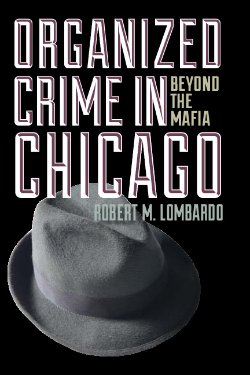By Paolo Campana & Federico Varese
In this paper, we explore the determinants of co-membership in organised crime groups in a British police force. We find that co-membership of OCGs is higher among individuals who share the same ethnicity and nationality; who have committed acts of violence; and who perpetrate the vast majority of their crimes in the same area. We also find a homophily tendency in relation to age and gender, and that task specialisation within groups is driven by the type of activity. We interpret some results as conforming to the argument that recruitment from a small area and similar ethnic/national background increases cooperation and reduces the likelihood of opportunistic behaviour in a context of rather effective policing. Our findings do not conform to the suggestive image of OC members as ‘urban marauders’ and OCGs as large and powerful multinationals. OCGs tend to be small, localised and formed by people with the same background.
Global Crime Volume 23, 2022 - Issue 1:





















